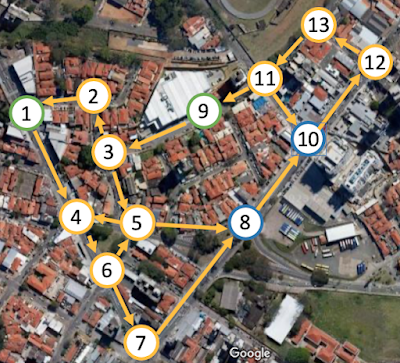Generally Real Networks do not behave according to the Random Networks Model, even so, they can share some properties. Analyse the following statements.
- The degree distribution of a network can be closely aproximated as a Poisson distribution;
- At \(\left \langle k \right \rangle\) > 1, it exists a giant component in the network;
- Average path length can be predicted as \(\left \langle d \right \rangle = \frac{ln N}{ln \left \langle k \right \rangle}\) and can present Small World property;
- The average clustering coefficient \(\left \langle c \right \rangle\) generally appears to be independent of the number of nodes N.
Which option contains the true statements for Random Networks that can be found also in general Real Networks?
- I and IV;
- II and III;
- II and IV;
- I, II and III;
- None of the above.




